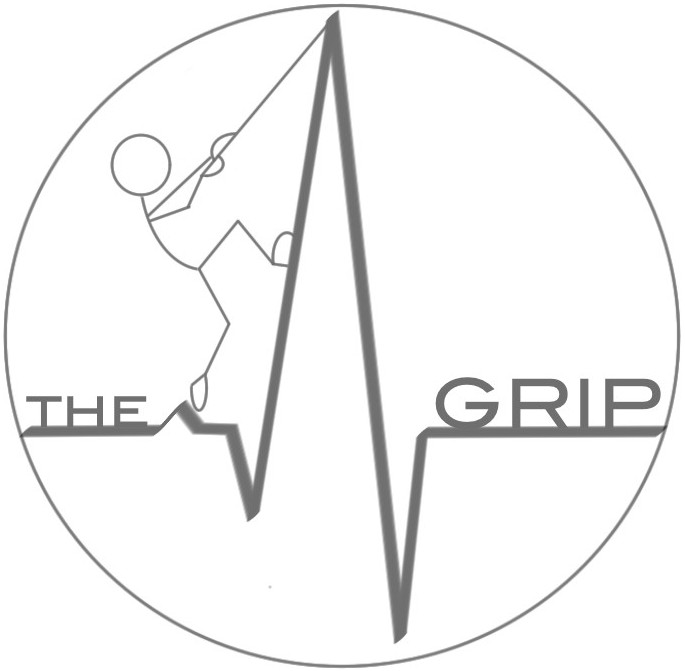Imaging in acute respiratory distress syndrome
Pesenti A, Musch G, Lichtenstein D, Mojoli F, Amato MB, Cinnella G, Gattinoni L, Quintel M.
Intensive Care Med. 2016 Mar 31. [Epub ahead of print]
Abstract
PURPOSE:
Imaging has become increasingly important across medical specialties for diagnostic, monitoring, and investigative purposes in acute respiratory distress syndrome (ARDS).
METHODS:
This review addresses the use of imaging techniques for the diagnosis and management of ARDS as well as gaining knowledge about its pathogenesis and pathophysiology. The techniques described in this article are computed tomography, positron emission tomography, and two easily accessible imaging techniques available at the bedside-ultrasound and electrical impedance tomography (EIT).
RESULTS:
The use of computed tomography has provided new insights into ARDS pathophysiology, demonstrating that ARDS does not homogeneously affect the lung parenchyma and that lung injury severity is widely distributed in the ARDS population. Positron emission tomography is a functional imaging technique whose value resides in adding incremental insights to morphological imaging. It can quantify regional perfusion, ventilation, aeration, lung vascular permeability, edema, and inflammation. Lung ultrasound and EIT are radiation-free, noninvasive tools available at the bedside. Lung ultrasound can provide useful information on ARDS diagnosis when x-rays or CT scan are not available. EIT is a useful tool to monitor lung ventilation and to assess the regional distribution of perfusion.
CONCLUSIONS:
The future of imaging in critical care will probably develop in two main directions: easily accessible imaging techniques that can be used at the bedside and sophisticated imaging methods that will be used to aid in difficult diagnostic cases or to advance our understanding of the pathogenesis and pathophysiology of an array of critical illnesses.
